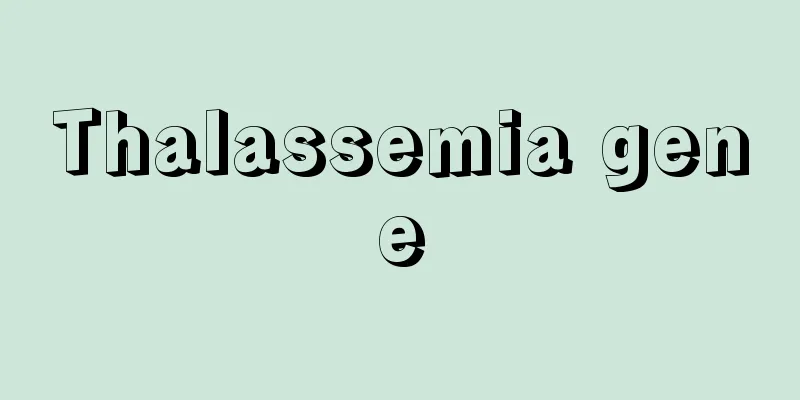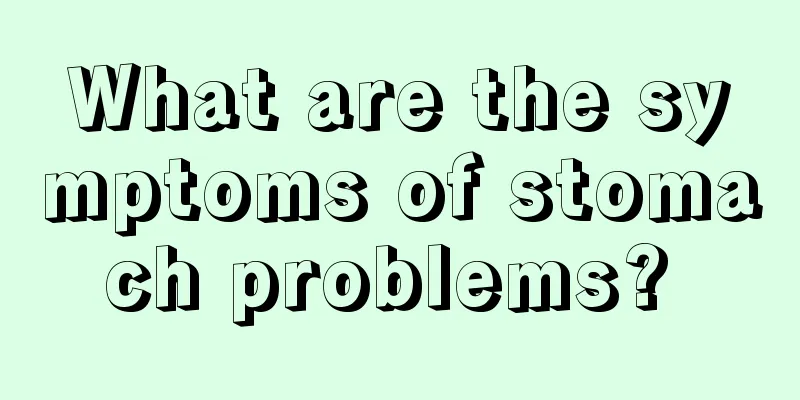What is the cause of shivering?

|
Shivering is generally called chills. Many people don’t know what shivering is, but they have all experienced the feeling of shivering. Shivering is related to many reasons. In addition to being caused by cold weather, for children, it may also be caused by incomplete development of the nervous system. 1. Chills Shivering is a chill. Normal shivering is caused by the violent and uncontrollable short-term contraction of skeletal muscles under the influence of cold. When skeletal muscles contract, they consume ATP to generate heat. This plays a role in keeping out the cold. Shivering caused by illness is more common in fever, especially high fever. When the human body has a high fever, the temperature sensing center of the body is out of balance, which will produce a wrong sense of the external temperature, so it feels cold. 2. Incomplete neurodevelopment If it is a benign phenomenon before the nerves are fully developed, the child will be conscious, without apnea or facial color changes. There will be no epileptic discharges in the EEG, and the neuropsychiatric development will be normal. It is a benign process and most of them will disappear after 1 year old. This is because the nervous system of infants is not fully developed yet, so they may have such symptoms. In addition, coldness and urination may also occur. Some are caused by the lack of trace elements. If there is a lack, it can be supplemented and corrected in time. 3. Others Tremors caused by low calcium and low blood sugar can usually be improved by adding cod liver oil, frequent sun exposure or timely feeding. This condition is also benign, occurring mostly in 3 to 10 infants and manifesting as low-frequency, large-amplitude tremors involving the head, neck, bilateral upper limbs and trunk, and occasionally lower limbs, without abnormal eye movements, facial muscle twitching, or limb rigidity. During the attack, the patient is conscious, without apnea or changes in facial color. There is no epileptic discharge in the electroencephalogram and the neuropsychiatric development is normal. It is a benign process and most of the symptoms disappear after 1 year of age. Epilepsy, infants may experience tremors, chin shaking, nodding, shaking their heads, swaying shoulders, or arm shaking during sleep. On the one hand, we need to see whether the clinical manifestations of these children are similar to epilepsy. The convulsions of epilepsy are rhythmic, which is different from tremors. If there is a video, take it to the hospital and ask an expert to take a look at it, and do an EEG test if necessary. |
<<: How to treat cerebral infarction caused by atrial fibrillation, four treatment methods
Recommend
Is aerobic and anaerobic weight loss fast?
People who are struggling to lose weight all have...
How to care for thyroid cancer
How should we care for patients with thyroid canc...
How to clean scale on bathroom glass
The bathroom is a very important place in people&...
What are the effects of sour jujube leaf tea?
Jujube leaf tea is a tea made from jujube leaves....
Foods and fruits that promote lactation
I believe that every mother has faced the problem...
Shock! This is the symptom of skin cancer
Both basal cell carcinoma and squamous cell carci...
How to play Go
Go is a very traditional entertainment game with ...
Can nasopharyngeal cancer cause facial pain?
Can nasopharyngeal cancer cause facial pain? 1. N...
Can CT detect early lung cancer? What is the best way to prevent lung cancer?
Lung cancer is a malignant tumor that occurs in t...
What foods can and cannot be eaten in the early stage of gastric cancer
In the early stages of gastric cancer, people can...
3 specific radiation treatments for nasopharyngeal cancer
Radiotherapy is the first choice for the treatmen...
This thing on your body grows fast and you are prone to serious illness
Adults grow 1-1.4 mm per week. Growing too fast o...
High blood pressure is actually the root cause of these diseases!
There are many causes of high blood pressure. Stu...
What are the best treatment options for liver cancer? 4 best treatment options for liver cancer are recommended
The best treatment options for people with liver ...
Is nasopharyngeal carcinoma hereditary? How to treat nasopharyngeal carcinoma
Is nasopharyngeal cancer hereditary? How to treat...









